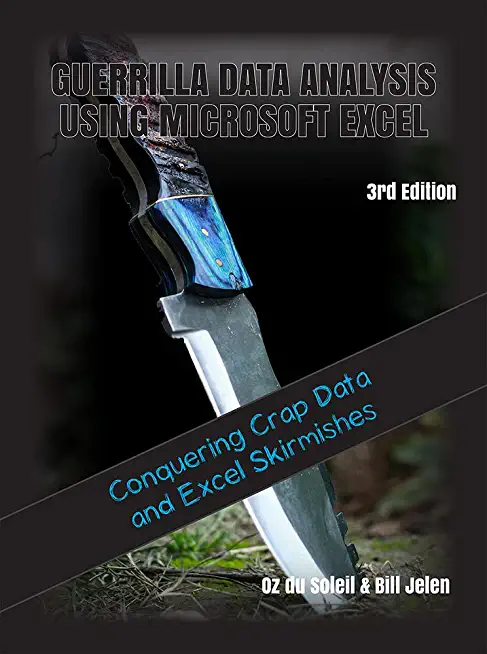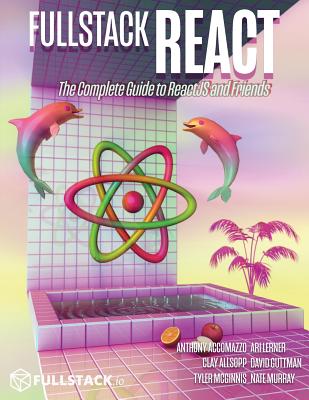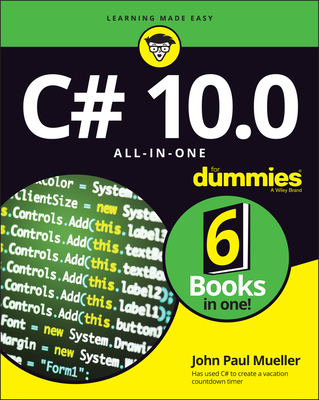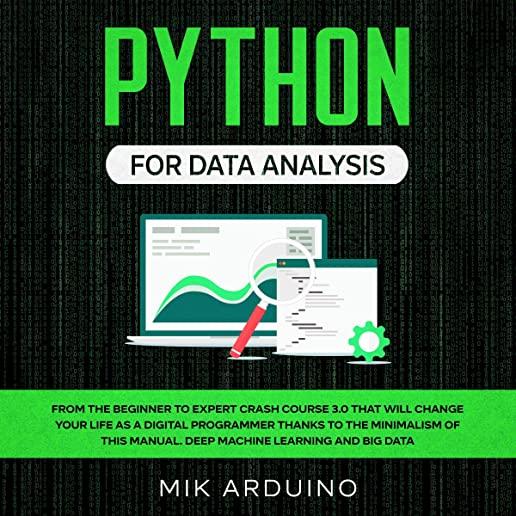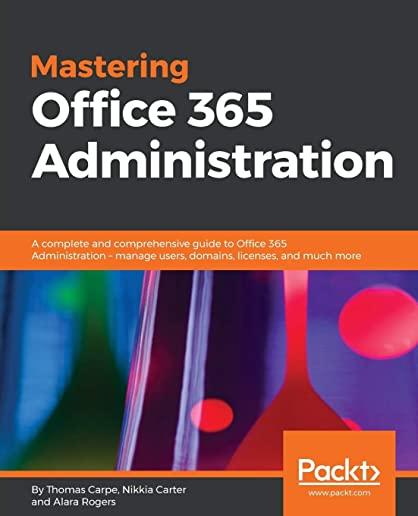Kubernetes Security Fundamentals (LFS460) Training in Cerritos
Enroll in or hire us to teach our Kubernetes Security Fundamentals (LFS460) class in Cerritos, California by calling us @303.377.6176. Like all HSG
classes, Kubernetes Security Fundamentals (LFS460) may be offered either onsite or via instructor led virtual training. Consider looking at our public training schedule to see if it
is scheduled: Public Training Classes
Provided there are enough attendees, Kubernetes Security Fundamentals (LFS460) may be taught at one of our local training facilities.
|
We offer private customized training for groups of 3 or more attendees.
|
||
Course Description |
||
|
This course exposes you to knowledge and skills needed to maintain security in dynamic, multi-project environments. It prepares you for the Certified Kubernetes Security Specialist (CKS) exam, addressing security concerns for cloud production environments. The course covers topics related to the security container supply chain, discussing topics from before a cluster has been configured through deployment, and ongoing, as well as agile use, including where to find ongoing security and vulnerability information. The course includes hands-on labs to build and secure a Kubernetes cluster, as well as monitor and log security events
Course Length: 4 Days
Course Tuition: $2800 (US) |
||
Prerequisites |
|
| This course is ideal for anyone holding a CKA certification and interested in or responsible for cloud security. | |
Course Outline |
|
Introduction
- Linux Foundation
- Linux Foundation Training
- Linux Foundation Certifications
- Linux Foundation Digital Badges
- Laboratory Exercises, Solutions and Resources
- E-Learning Course: LFS260
- Distribution Details
- Labs
Cloud Security Overview
- Multiple Projects
- What is Security?
- Assessment
- Prevention
- Detection
- Reaction
- Classes of Attackers
- Types of Attacks
- Attack Surfaces
- Hardware and Firmware Considerations
- Security Agencies
- Manage External Access
- Labs
Preparing to Install
- Image Supply Chain
- Runtime Sandbox
- Verify Platform Binaries
- Minimize Access to GUI
- Policy Based Control
- Labs
Installing the Cluster
- Update Kubernetes
- Tools to Harden the Kernel
- Kernel Hardening Examples
- Mitigating Kernel Vulnerabilities
- Labs
Securing the kube-apiserver
- Restrict Access to API
- Enable Kube-apiserver Auditing
- Configuring RBAC
- Pod Security Policies
- Minimize IAM Roles
- Protecting etcd
- CIS Benchmark
- Using Service Accounts
- Labs
Networking
- Firewalling Basics
- Network Plugins
- iptables
- Mitigate Brute Force Login Attempts
- Netfilter rule management
- Netfilter Implementation
- nft Concepts
- Ingress Objects
- Pod to Pod Encryption
- Restrict Cluster Level Access
- Labs
Workload Considerations
- Minimize Base Image
- Static Analysis of Workloads
- Runtime Analysis of Workloads
- Container Immutability
- Mandatory Access Control
- SELinux
- AppArmor
- Generate AppArmor Profiles
- Labs
Issue Detection
- Understanding Phases of Attack
- Preparation
- Understanding an Attack Progression
- During an Incident
- Handling Incident Aftermath
- Intrusion Detection Systems
- Threat Detection
- Behavioral Analytics
- Labs
Domain Reviews
- Preparing for the Exam
- Labs
Closing and Evaluation Survey
- Evaluation Survey
|
Course Directory [training on all levels]
Technical Training Courses
Software engineer/architect, System Admin ... Welcome!
- .NET Classes
- Agile/Scrum Classes
- Ajax Classes
- Android and iPhone Programming Classes
- Blaze Advisor Classes
- C Programming Classes
- C# Programming Classes
- C++ Programming Classes
- Cisco Classes
- Cloud Classes
- CompTIA Classes
- Crystal Reports Classes
- Design Patterns Classes
- DevOps Classes
- Foundations of Web Design & Web Authoring Classes
- Git, Jira, Wicket, Gradle, Tableau Classes
- IBM Classes
- Java Programming Classes
- JBoss Administration Classes
- JUnit, TDD, CPTC, Web Penetration Classes
- Linux Unix Classes
- Machine Learning Classes
- Microsoft Classes
- Microsoft Development Classes
- Microsoft SQL Server Classes
- Microsoft Team Foundation Server Classes
- Microsoft Windows Server Classes
- Oracle, MySQL, Cassandra, Hadoop Database Classes
- Perl Programming Classes
- Python Programming Classes
- Ruby Programming Classes
- Security Classes
- SharePoint Classes
- SOA Classes
- Tcl, Awk, Bash, Shell Classes
- UML Classes
- VMWare Classes
- Web Development Classes
- Web Services Classes
- Weblogic Administration Classes
- XML Classes
Business Training Courses
Project Managers, Business Analysts, Paralegals ... Welcome!
Upcoming Classes
Gain insight and ideas from students with different perspectives and experiences.
Linux Unix Uses & Stats
Linux Unix is Used For:
Desktop
Mainframe Computers
Mobile Devices
Embedded Devices
|
Difficulty
|
Popularity
|
Year Created 1991/1971 |
|
Pros
Performance:
Linux supports many efficient tools and operates them seamlessly. Because it's architecture is lightweight it runs faster than both Windows 8.1 and 10.
Security:
Because Linux is an open-source software, anyone can contribute code to help enhance the users’ experience i.e., adding features, fixing bugs, reducing security risks, and more.
Software Development:
The terminal in Linux is a *wild card*. You can do almost anything with it. This includes software installation, application and server configurations, file system management, and etc.
Large-scale:
Open-source projects benefit from having an attentive community. As a result, Linux is more secure than Windows. Instead of installing anti viruses to clean malware, you just have to stick to the recommended repositories.
Efficient:
Developers have the convenience of running servers, training machine learning models, accessing remote machines, and compiling and running scripts from the same terminal window.
Free:
Linux is free (you can put it on as many systems as you like) and you can change it to suit your needs.
|
Cons
Learning Curve:
Linux is not for everyone, there is a learning curve in switching to Ubuntu. To actually learn Linux efficiently would take a user one to several years.
No Tech Support:
Unlike Windows, there isn’t a dedicated tech support, so getting help for things is up to you.
Designer Compatabilty:
Linux is not as user friendly as Windows or as ‘straight out of the box design’ As an example for design choices, Adobe hasn’t released any of its products to Linux users. So it’s impossible to run them directly. The Ubuntu alternative is a free software called GIMP.
Gaming Capabilities:
Most games aren’t available in Linux. But that’s not to say you can’t make it happen, it's just not as easy.
|
| Linux Unix Job Market |

Average Salary
|

Job Count
|

Top Job Locations
New York City |
|
Complimentary Skills to have along with Linux Unix
The following are types of jobs that may require Linux skills. The top 15 job titles on Dice.com that mention Linux in their postings are:
- DevOps Engineer
- Software Engineer - Java Developer - Systems Engineer - Systems Administrator - Senior Software Engineer - Network Engineer - Python Developer - Linux Systems Administrator - Software Developer - System Administrator - Linux Administrator - Linux Engineer - Senior Java Developer - C++ Developer |

